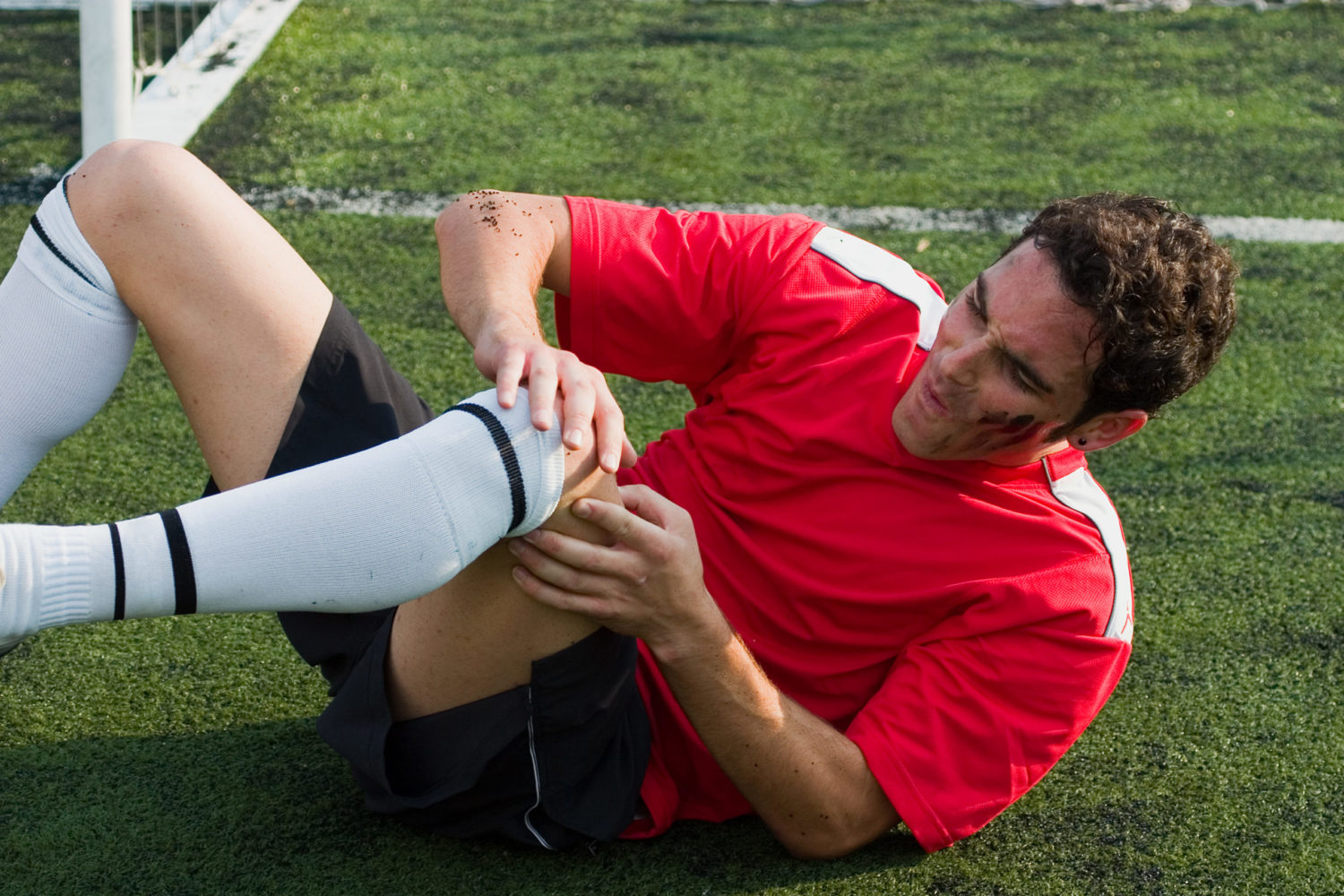
By Dr. John R. Mishock, PT, DPT, DC
Lower extremity injuries make up 66% of all sports injuries, the knee being the most commonly injured joint. (Med Sci. Sports Exerc. 2002) The anterior cruciate ligament (ACL) is one of four ligaments in the knee that holds the thigh and leg bones together. The ACL ligament is often injured in sports. The ACL ligament tear often requires orthopedic surgery (ACL reconstruction). It is estimated that 350,000 ACL reconstructions are performed annually in the USA. Over 100,000 of these repairs happen in NCAA athletes per year, alone. The cost of ACL injury comes in the form of lost participation time (approximately 9-12 months) as well as the monetary cost of reconstructive surgery. The cost of a reconstructive ACL surgery averages $15,000, with lifetime societal costs (e.g. disability, decreased productivity) in upwards of $38,000. (Int. J Sports Phys Ther.) A recent estimate indicated that approximately $3, 000,000, 000 is spent annually on the ACL reconstruction process. Thus, given the associated frequency, disability, and costs, there is a great need to prevent ACL injuries. (J Bone Joint Surg. Am. 2013)
After ACL reconstructive surgery, an estimated 82% of individuals return to sport participation; however, only 63% return to their preinjury level of sport participation, and only 44% return to competitive sports. (Am J Sports Med. 2011) Despite surgical repair, approximately 79% of those individuals develop knee osteoarthritis with a 4 times greater acceleration rate of arthritis than those without the ACL injury. (Osteoarthritis Cartilage. 2010) Adolescent athletes who have an ACL tear have a 25% increased risk of suffering a second ACL injury in their athletic career. If a middle school or high school athlete has an ACL tear, they are 8 times more likely to have a subsequent knee injury in their college athletic careers. Those athletes will also spend 50% more time on the disabled list while participating in college sports. Female athletes are at risk 4 to 6 times greater than their male counterparts. (Orthop. J Sports Med)
Injury to the ACL often occurs during dynamic non-contact activities that primarily involve cutting, pivoting and or landing after a jump. Competitive and recreational athletes between the ages of 15 and 25 are at the greatest risk of injury. Eighty percent of the injuries are non-contact, and therefore, the mechanisms of movement, (running, jumping, and cutting) are modifiable. Sports that require high dynamic loading of the knee and report a high incidence of injury include basketball, soccer, volleyball, lacrosse, handball, and football.
With ACL injuries there are a number of neuromuscular and biomechanical risk factors that can be modified such as: core stability; increased knee valgus and angle in landing; hip strength; quad/hamstring strength ratio; balance and motor control of the lower extremity. With proper training, athletes can expect up to a 52% reduction in ACL injuries when commencing an ACL injury prevention program. (Curr. Rev. Musculoskeletal Med. 2017)
In “Knee ACL and Lower Extremity Injury’s: Can we prevent them in our young athletes? Part II” I will address the best research evidence on what type of exercise programs best prevent lower extremity and ACL injuries.
We can help!
Reduce pain and increase function.
Call for a FREE Phone Consultation 484-948-2800.
Visit our website at www.mishock.wpengine.com.
Call 610-327-2600 to Schedule your appointment today, at one of our 6 convenient locations in Skippack, Gilbertsville*, Barto, Phoenixville*, Pottstown, and Limerick* (inside the Spring Valley YMCA).
*Saturday Hours
Appointments available 7:00am to 8:00pm, ALL locations, most days!
Dr. Mishock is one of only a few clinicians with doctorate level degrees in both physical therapy and chiropractic in the state of Pennsylvania.
